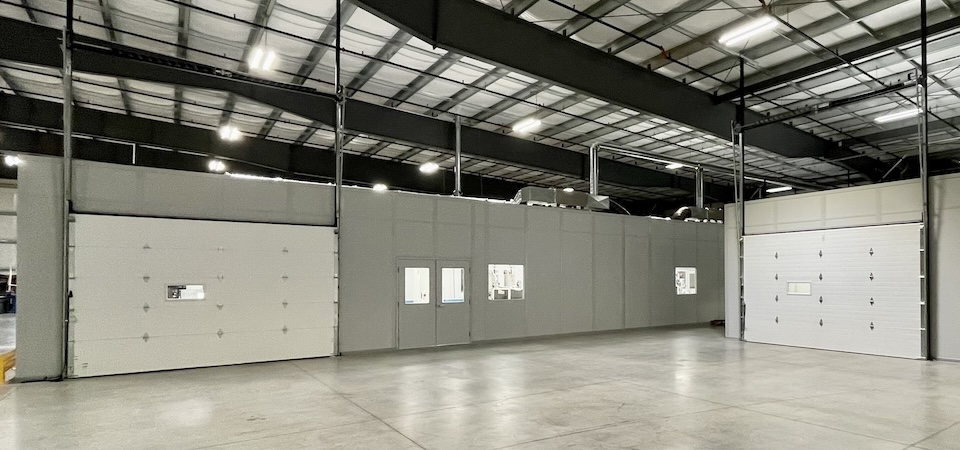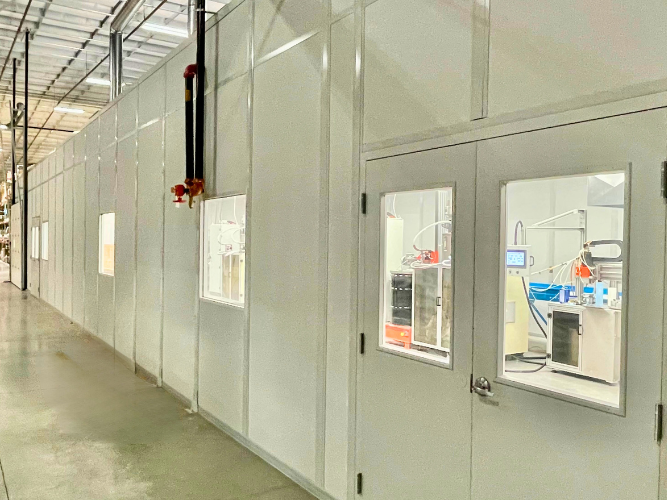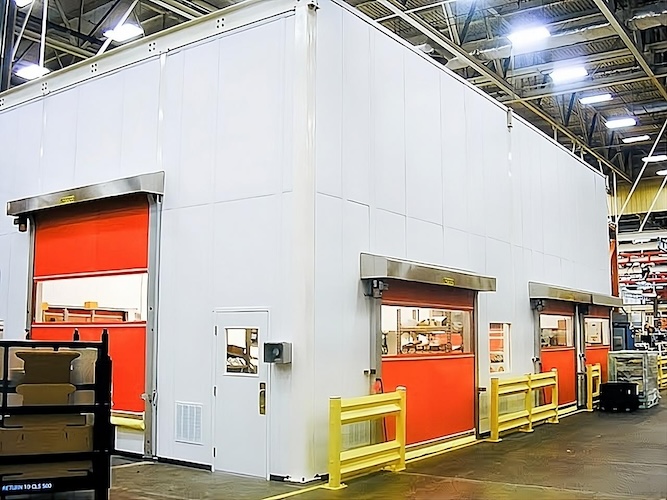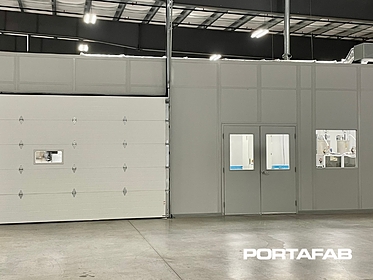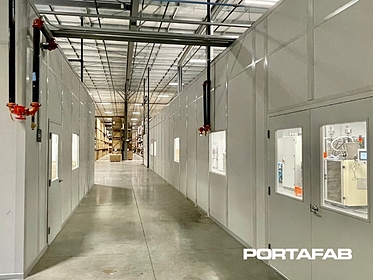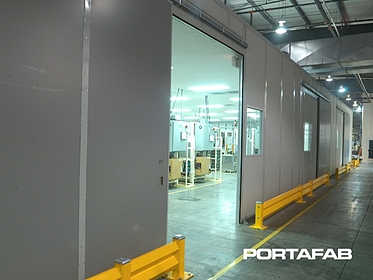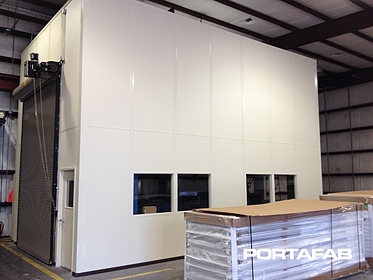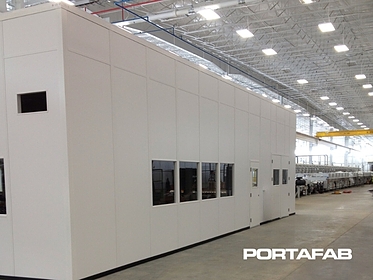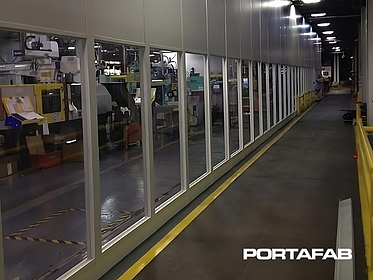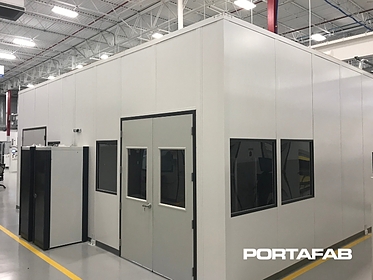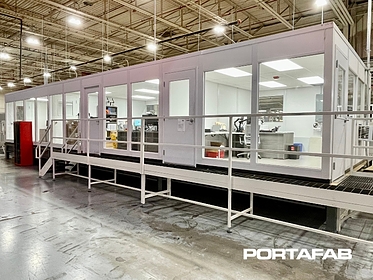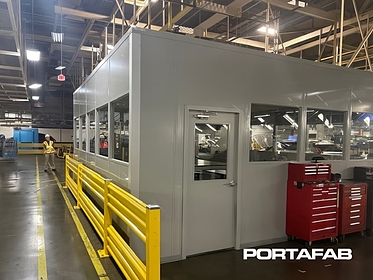Loud Work Environments Reduce Productivity & Create Safety Risks
Excessive noise in industrial and manufacturing environments can lead to distractions, lower productivity, and even pose safety hazards. Employees struggle to focus, communication breaks down, and compliance with noise regulations becomes a challenge. But there's a better way.
Eliminate Noise & Improve Productivity with PortaFab Sound Enclosures
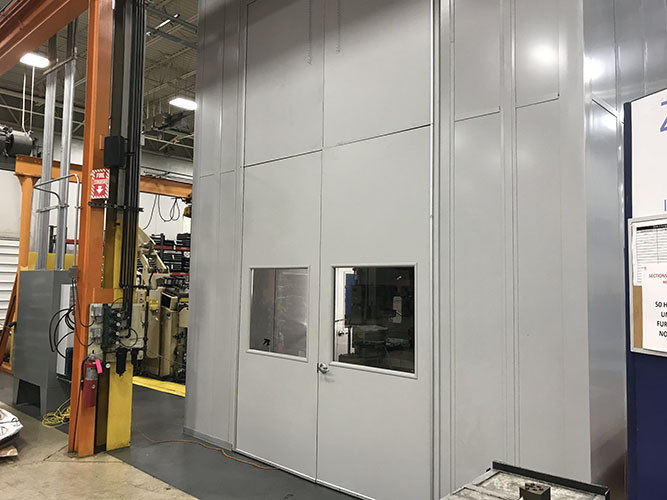
PortaFab’s modular sound enclosures provide fast, cost-effective noise control—without the mess and downtime of traditional construction. Our pre-engineered wall systems create soundproof offices, isolate high-noise equipment, and minimize workplace distractions, ensuring a safer and more efficient work environment.
How PortaFab Sound Enclosures Help
Enhance Workplace Efficiency with Effective Noise Control
- Reduce Workplace Noise → Create a focused, productive environment by minimizing noise distractions.
- Isolate Loud Equipment → Enclose machinery to protect employees and meet workplace safety standards.
- Improve Communication → Reduce sound interference to enhance team collaboration.
Take Control of Workplace Noise in 3 Easy Steps
Step 1: Identify Your Noise Control Needs
Is noise disrupting productivity? Need to enclose loud equipment? PortaFab offers custom solutions to meet your specific soundproofing requirements.
Step 2: Choose a Proven Soundproofing System
PortaFab’s modular wall systems are designed to block, absorb, and isolate noise, ensuring a quieter, more focused workspace.
Step 3: Install Quickly & Cleanly
Unlike traditional construction, PortaFab’s modular sound enclosures install with minimal disruption—so you can keep operations running.
Modular Sound Enclosure Solutions for Any Application
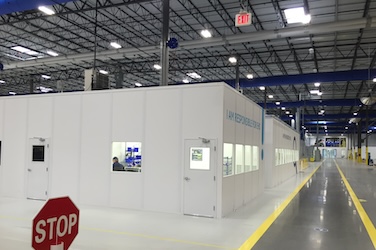
Create Soundproof Offices in Noisy Work Environments
Give employees a quiet space to focus, conduct meetings, and complete critical tasks—without external distractions.
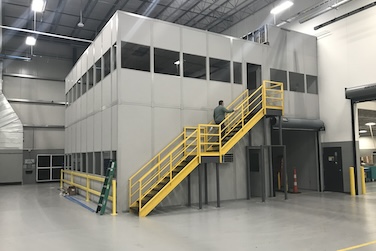
Maximize Space with Two-Story Soundproof Offices
PortaFab’s load-bearing wall systems allow you to build upwards, combining quiet office spaces below with storage or workspaces above.
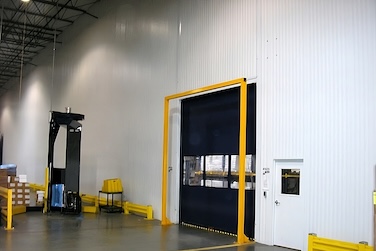
Enclose Large Equipment with XTRA-TALL Wall Partitions
PortaFab’s XTRA-TALL partitions reach 20+ feet, perfect for enclosing industrial machinery and reducing overall facility noise.
Industrial Acoustical Panel Options
PortaFab offers standard and custom sound deadening wall panels. Standard sound panels include:
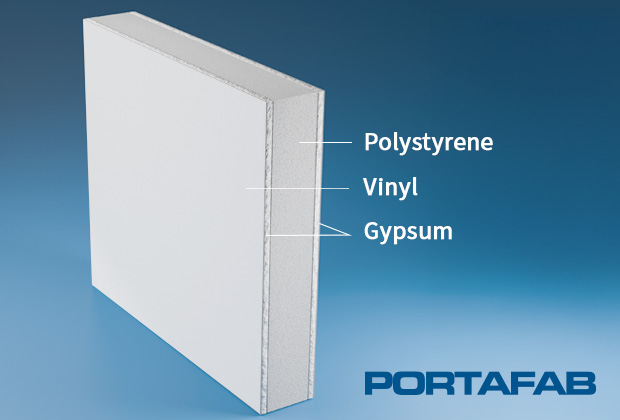
Fire & Sound Wall Panels
| Panel Thickness | STC | R-Value |
|---|---|---|
| 3” | 31 | 11 |
| 4 5/8” | 31 | 16 |
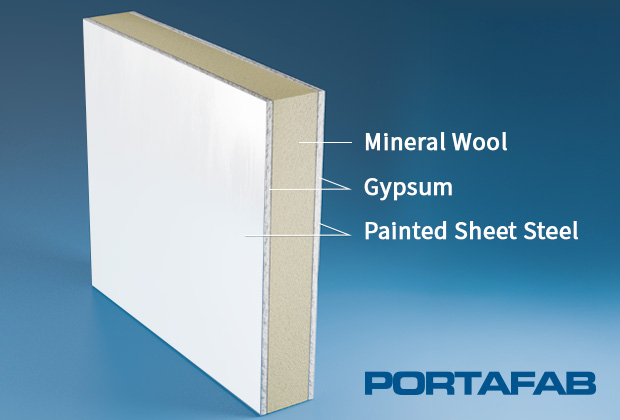
Steel Sound Wall Panels
| Panel Thickness | STC | R-Value |
|---|---|---|
| 3” | 42 | 12 |
| 4 5/8” | 42 | 19 |
Why Modular Soundproofing?
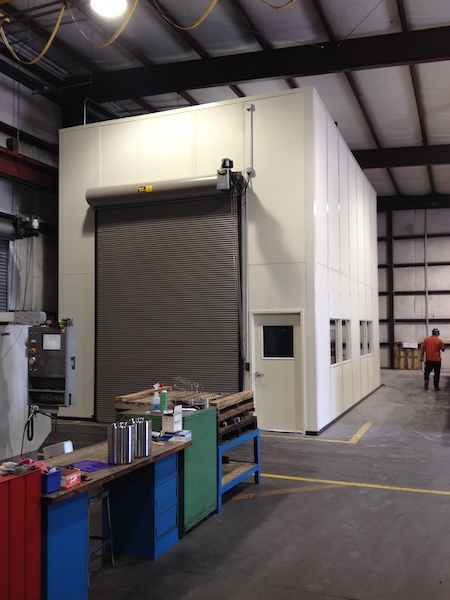
A Faster, Cleaner, & More Flexible Way to Soundproof Than Traditional Construction.
- Fast Installation – PortaFab's pre-engineered wall systems install quickly with minimal downtime, making sound enclosures operational faster.
- Reduces labor costs, material waste, and overall project expenses compared to traditional construction.
- Adaptable – Modular design allows enclosures to be expanded, reconfigured, or relocated as needs change.
- Superior Sound Control – Engineered with STC-rated panels for optimal noise reduction.
- Clean & Efficient – Minimal on-site construction means less dust and disruption.
FAQs
- What are PortaFab sound enclosures used for?
PortaFab's wall systems are designed to reduce noise, contain high-noise equipment, and create quieter, safer workspaces for improved productivity and comfort.
- What is the STC rating of PortaFab panels?
PortaFab's standard sound deadening panels provide STC ratings ranging from 31 to 42, depending on the type and thickness. Custom panel options are also available to meet specific noise control needs.
- Can PortaFab enclosures be customized?
PortaFab's wall and ceiling systems can be customized to meet specific noise reduction requirements and accommodate existing equipment. PortaFab's in-house engineering team is available to support the design of your acoustical enclosure.
- Do PortaFab soundproofing systems help meet OSHA noise level guidelines?
Yes, PortaFab’s sound enclosures are designed to help reduce noise levels in the workplace, making it easier to comply with OSHA standards for occupational noise exposure.

